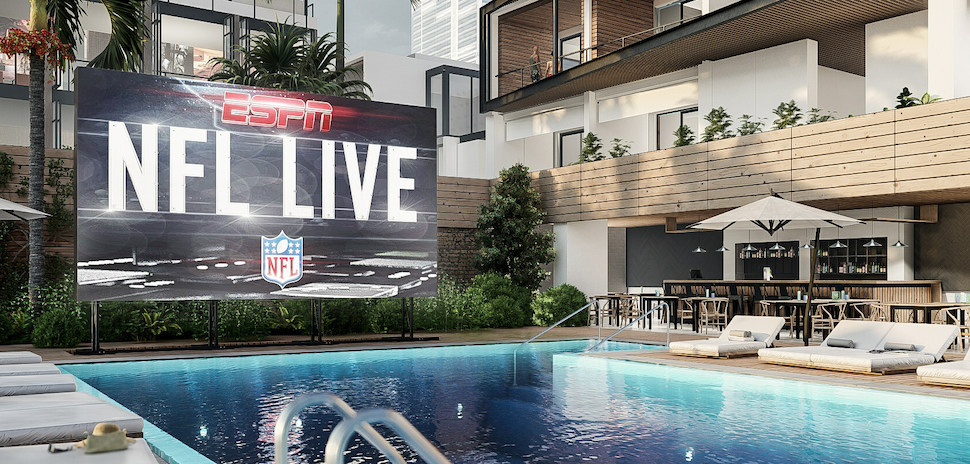
Classic screen technologies, like CRTs, have been present for many decades. They were commonly used in TVs and PC screens. However, CRTs have a shorter lifespan, generally lasting around 10,000 to 20,000 hours of use. This means that after a few of years, consumers may observe a decline in image clarity, such as fading or color distortion. In comparison, LED panel panels can last considerably longer, often exceeding 50,000 hours. This prolonged lifespan means that users can experience consistent performance without the requirement for frequent replacements.
Another crucial factor to consider is power efficiency. LED wall panels consume less power than conventional displays, which not only benefits the ecosystem but also lowers power costs. For example, while a CRT screen may consume around 100 W of power, an LED panel can use as few as 30 to 50 watts. This difference in power usage contributes to the overall durability of LED technology, as lower power consumption generates minimal thermal energy. Excess heat can harm electrical components, resulting to a reduced lifespan for traditional screens.
In furthermore to their longer lifespan and power conservation, LED wall panels also provide enhanced visual quality. They provide more vivid hues and improved differentiation, making them perfect for various uses, from advertising to educational displays. The innovation behind LED screens enables for a broader viewing angle, meaning that visuals stay sharp and vibrant even when viewed from the flank. This is a major advantage over traditional displays, which frequently experience from hue distortion and diminished brightness at wider perspectives.
In summary, the longevity of LED panel panels compared to traditional display technologies is a useful content crucial aspect for consumers to consider. With durations that can exceed 50,000 hours, energy efficiency, and superior visual quality, LED technology provides many advantages. As technology continues to advance, LED panel screens are likely to turn even more common in multiple environments. Understanding these differences can help individuals and entities make improved decisions when purchasing in screen technology, guaranteeing they receive the best worth for their requirements.